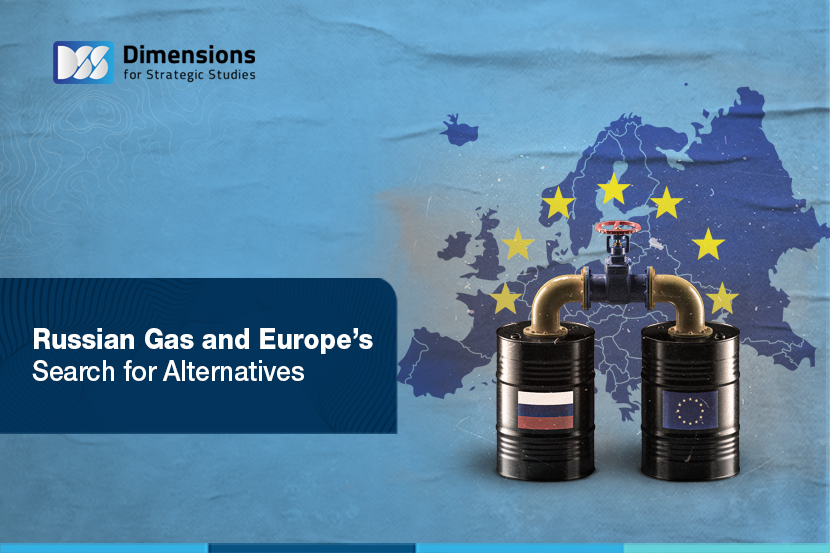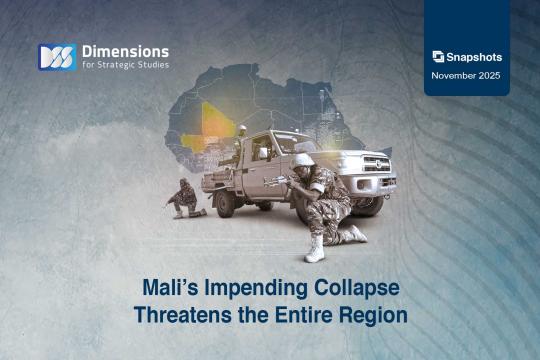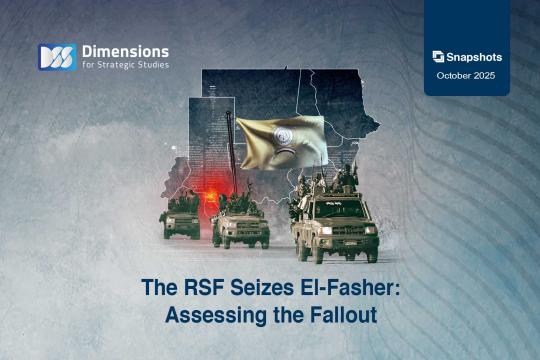
Russian Gas and Europe’s Search for Alternatives
2024-05-275538 view
Download PDF
Summary
This study examines the European Union’s gas market and the degree to which the bloc has depended on Russian gas, both prior to Russia’s invasion of Ukraine—when Moscow had a monopoly on the European gas market—and since. The study demonstrates that European countries’ efforts, since the start of the war in 2022, to diversify imports and develop their gas import infrastructure have significantly reduced their dependence on Russian gas.
While the study also finds that EU countries have been unable to end that dependence entirely, they have cut it by more than half since the start of the war. Data examined in the course of our research suggests that over the medium and long term, an array of strategies may allow Europe to reduce its dependency on Russian gas still further. The authors also conclude that Russia is in the process of losing its share in the EU’s energy markets, with major repercussions for the country’s economy and foreign policy reach. Russian gas production is also likely to decline in the medium term, at least until the markets of China and Asia are better equipped to import Russian gas.
Introduction
The countries of the EU have been seeking for more than two decades to rid themselves of Russia’s monopoly in their gas market. Prior to the Ukraine war, they had failed to see through several cross-border gas pipeline projects, and had been forced to rely on natural gas from the fields of Russia’s Western Siberia for a large proportion of their supplies. Russia had been able to maintain this monopoly on the European gas market via many strategies, most importantly by providing the European continent with projects that were highly efficient, technologically advanced and economically feasible.
Russia’s near-monopoly over the European gas market has long given it a strong source of strategic leverage, targeting a sensitive element of European security. Indeed, Moscow has repeatedly used gas as a tool to pressure EU countries, whenever disagreements have arisen between the two parties. The most recent and dramatic such dispute began with Russia’s invasion of Ukraine in 2022. From early on in the war, Moscow threatened to cut off gas supplies to Europe several times, and disrupted gas flows under the pretext of technical faults in pipeline infrastructure. This gave European countries, who now feared that supply shortages and low strategic reserves could threaten their economic security and social stability, compelling reasons to intensify their efforts to find alternatives to Russian gas.
This study examines EU countries’ energy security from the perspective of the gas market. It does not examine oil markets, given the crucial role of gas in the bloc’s energy mix, the relative difficulty of importing gas compared to oil, for technical reasons, and finally the European gas market’s historical reliance on Russia.
Our research focused in detail on the dynamics of the European gas market and the recent modernization drive it has undergone, consisting of developments to the infrastructure needed to import, distribute and consume Liquefied Natural Gas (LNG). Understanding this process helps gauge Europe’s ability to diversify its imports and reduce its dependence on Russian gas in the medium to long term.
The study also examines the EU countries’ most feasible alternatives to Russian gas, both in the immediate term and into the future. Finally, the study addresses the possible repercussions for this on Russia’s own energy security in the future, as the country prepares to lose most of its market share in the European Union countries.
Conclusion
Since launching its war on Ukraine, Russia has used energy resources as a powerful source of leverage against the EU and its members. However, Moscow came up against the bloc’s policies and strategies aimed at cutting its member states’ dependence on Russian gas imports and ending the monopoly Russia had long imposed on Europe’s gas market—as well as the EU’s desire to deprive President Vladimir Putin of the financial returns of Russia’s gas sales, one of the Russian treasury’s most important sources of revenue.
Since the start of Russia’s war on Ukraine, European countries have to some extent been able to change the rules of the game concerning Russia’s monopoly over the European gas market and tipped the scales in favor of the EU—at least for now. They have achieved this with the backing of the United States, which has both encouraged and pressured Europe to stop importing Russian gas and replace it with American LNG. The U.S. has thus become the largest exporter of LNG to the European market, easing Russia’s historical ability to apply pressure on Europe.
This leads to the conclusion that the U.S. was the largest beneficiary of the gas war between Russia and the EU. American companies shale gas producers have embarked on a trajectory that could lead them, over time, to replace Russia’s monopoly over the European gas market with an American one. Moving forward, Washington has no interest in seeing Europe restart Russian gas imports, especially as the U.S. has launched several gas production projects to help meet this demand.
The data reviewed in this study demonstrate a marked decline in EU countries’ imports and consumption of Russian gas. However this decline mainly concerned gas imported via pipelines, especially since three unexplained underwater explosions in international waters in September 2022, which took the Nord Stream 1 conduit offline. On the other hand, Russian LNG imports to Europe are once again on the rise, presenting us with an undeniable conclusion: that European countries cannot completely dispense with Russian gas in the medium term. That said, they should be able to reduce this dependence over the longer term, providing European countries complete the construction of LNG terminals, gas-exporting countries such as the U.S., Algeria and Qatar develop their production capacity, and renewable energy projects continue to be developed.
This study concludes that Russia has lost a large proportion of its gas market share in Europe to the U.S. and other exporters such as Algeria and Qatar. Moscow is therefore searching out new markets in Central and East Asia, but exporting at scale to these countries will require significant infrastructure development by both Russia and its customers.
Moscow has thus lost a major share of the financial revenues it had accrued from gas exports to Europe. It is widely expected that the EU’s dependence on Russian gas will decrease still further after 2027, as global gas production increases and EU infrastructure comes on line that is able to absorb LNG at multiples of the current quantities.
Finally, it is important to note that one driver of the decline in EU imports of Russian gas was the decline in European industrial demand for the commodity. This is also a major reason why gas prices have remained steady. In the event of any rebound in demand, an imbalance in supply and demand may emerge in the European gas market, which could lead to a rise in gas prices as well as a rise in demand for Russian LNG.
Report in Arabic here: (Click here)





